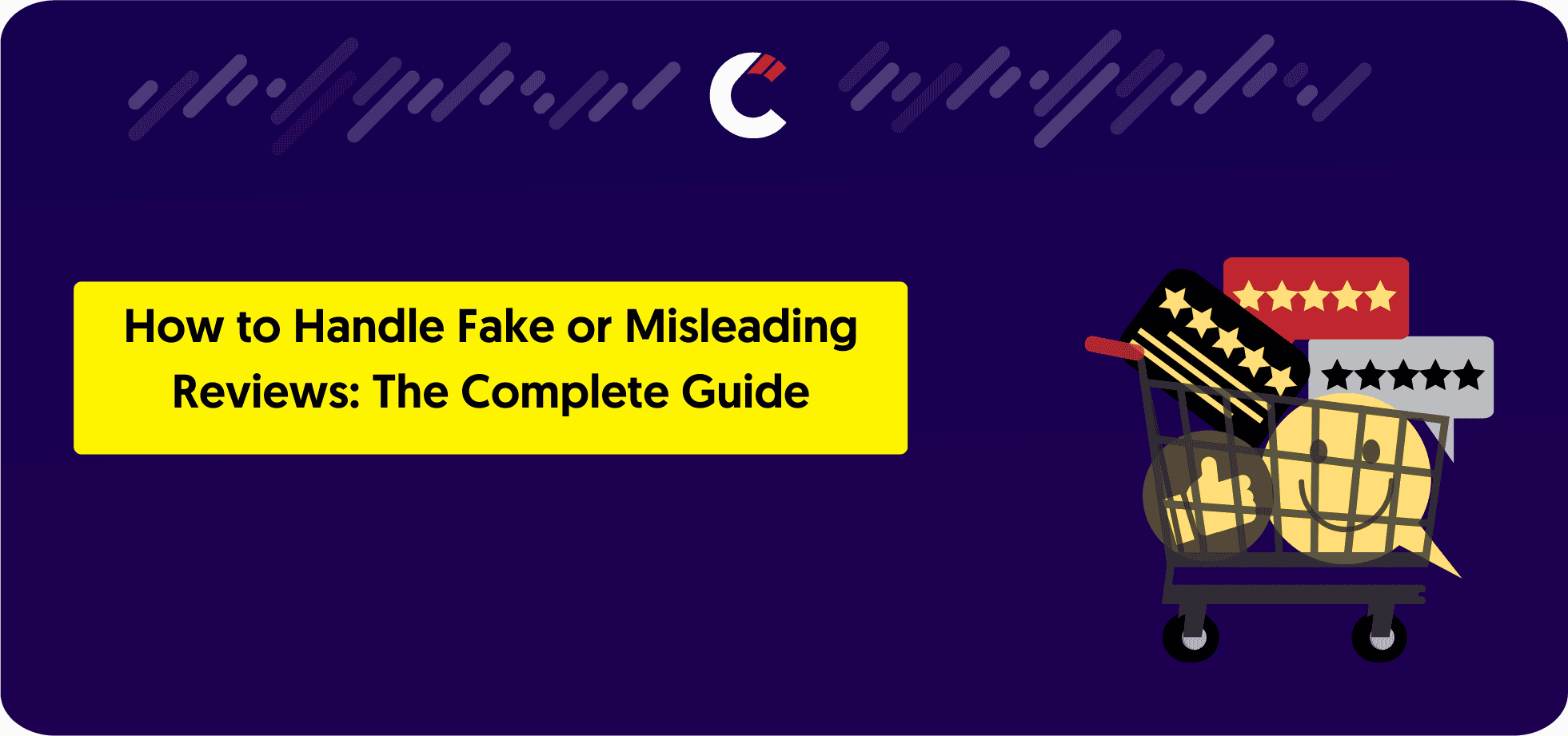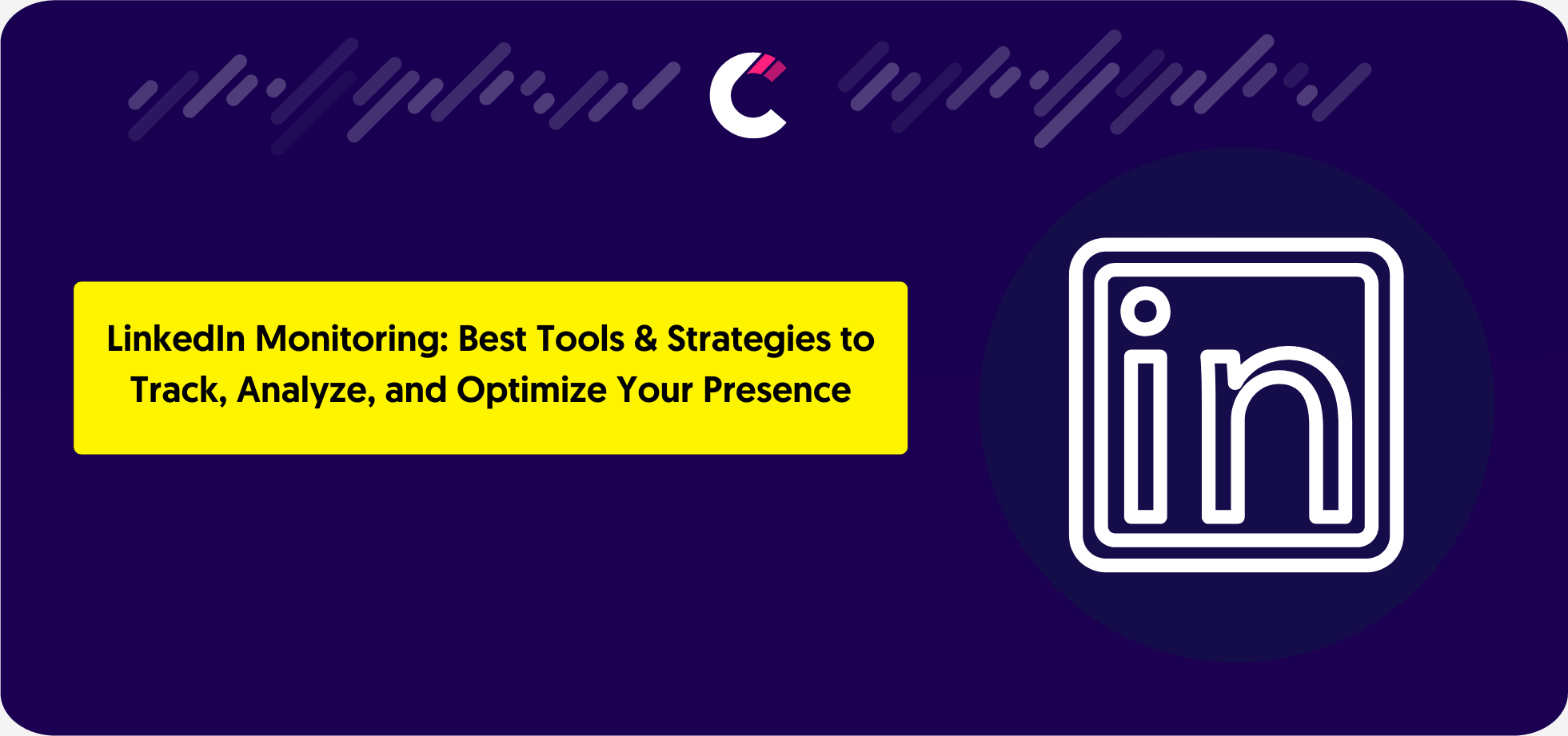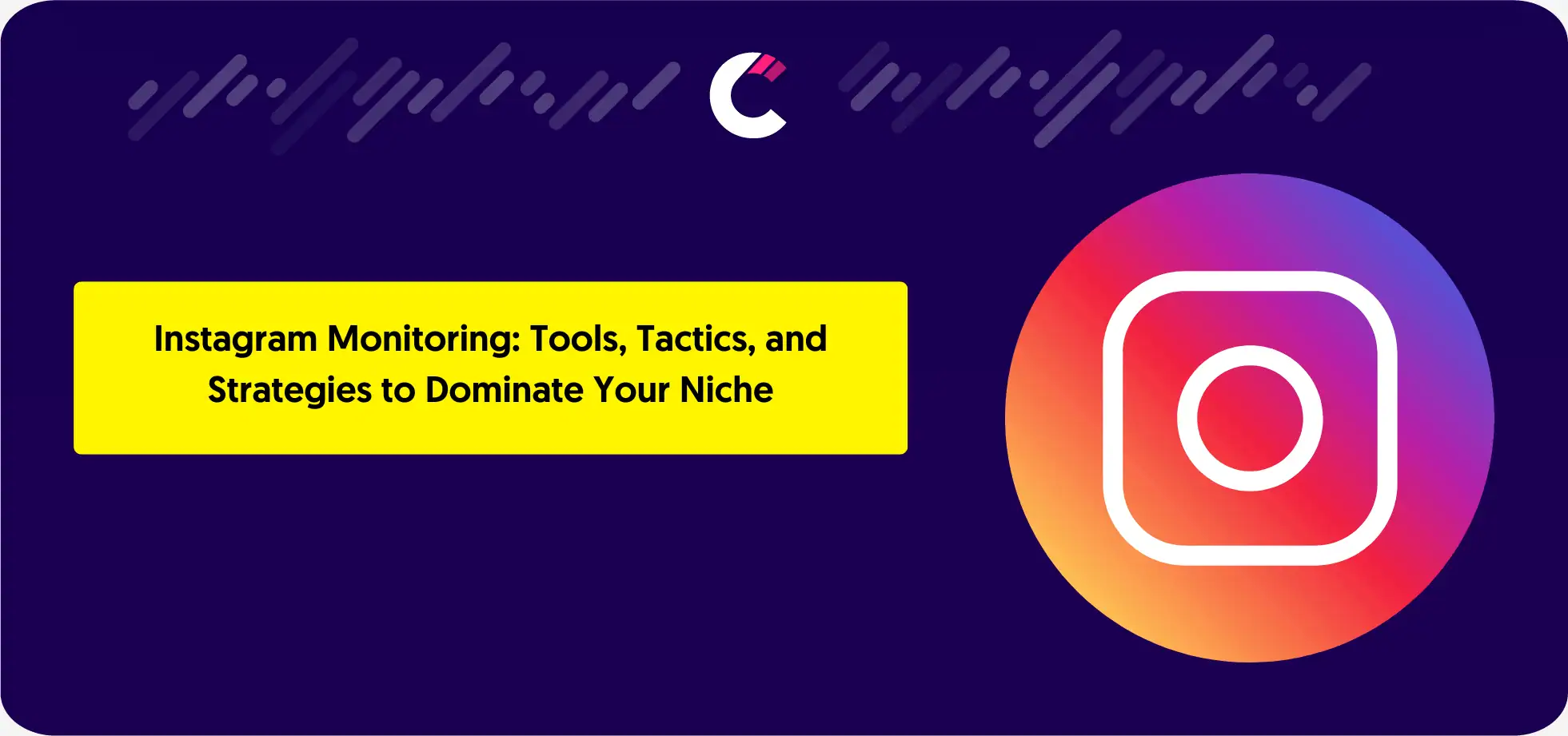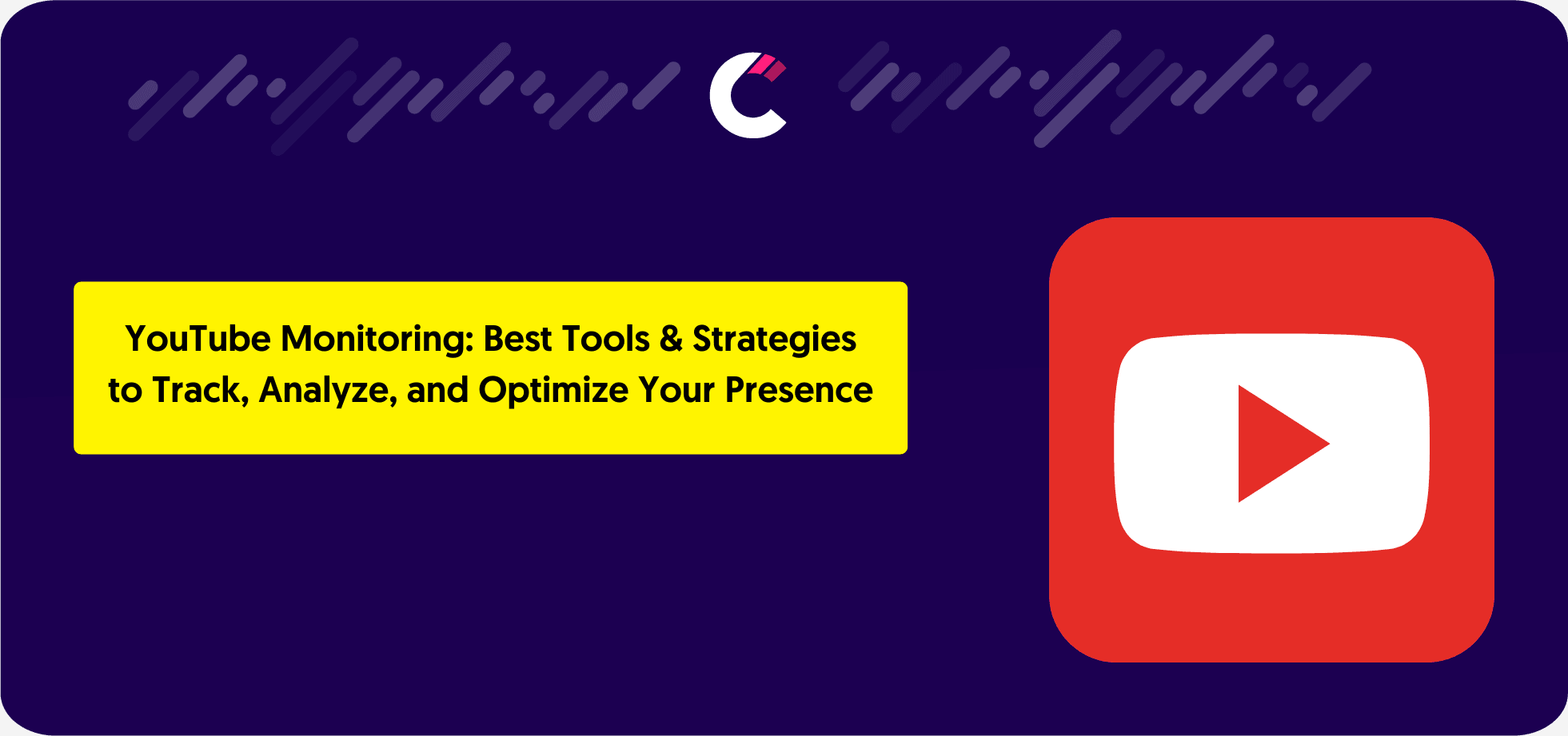Fake or misleading reviews can pose significant challenges to businesses, damaging reputations and potentially driving away customers.
Whether it’s a competitor trying to sabotage your brand or an unrelated individual posting inaccurate information, handling such reviews effectively is crucial. This guide outlines how to identify, report, and manage fake reviews to protect your business’s credibility.
Why Fake Reviews Are Harmful
Fake reviews can create a false narrative about your business, leading potential customers to form incorrect opinions. Some common consequences include:
- Loss of trust and credibility: Customers may doubt the authenticity of all your reviews if fake ones dominate.
- Reduced customer conversions: Negative impressions can deter potential customers from purchasing your products or services.
- Poor rankings on review platforms: Many review platforms use ratings to determine rankings, and fake reviews can drag your scores down.
- Wasted resources addressing invalid concerns: Your team may spend time responding to and disputing fake claims.
- Potential long-term damage to your brand’s reputation: Failing to address fake reviews can leave a lasting negative impression.
- Negative SEO impact: Fake reviews containing targeted keywords can harm your search engine visibility by associating your brand with irrelevant or damaging terms.
By tackling fake reviews promptly and strategically, businesses can minimise these risks and maintain a trustworthy online presence.
How to Identify Fake Reviews
Here are some common signs that a review might be fake:
- Generic Language: The review lacks specific details about the product or service.
- Unusual Patterns: A sudden influx of negative reviews within a short timeframe.
- Reviewer’s Profile: The reviewer has no profile picture, limited activity, or posts similar reviews across multiple businesses.
- Overuse of Keywords: Excessive repetition of specific keywords, likely aimed at damaging SEO rankings.
- Contradictory Details: The review mentions features or experiences your business doesn’t offer.
- Extreme Ratings: Reviews that are either overwhelmingly negative without reason or excessively positive with no substance could indicate foul play.
- Non-local Reviewers: Reviews from accounts based in regions far from where your business operates might signal suspicious activity.
How to Prevent Fake Reviews
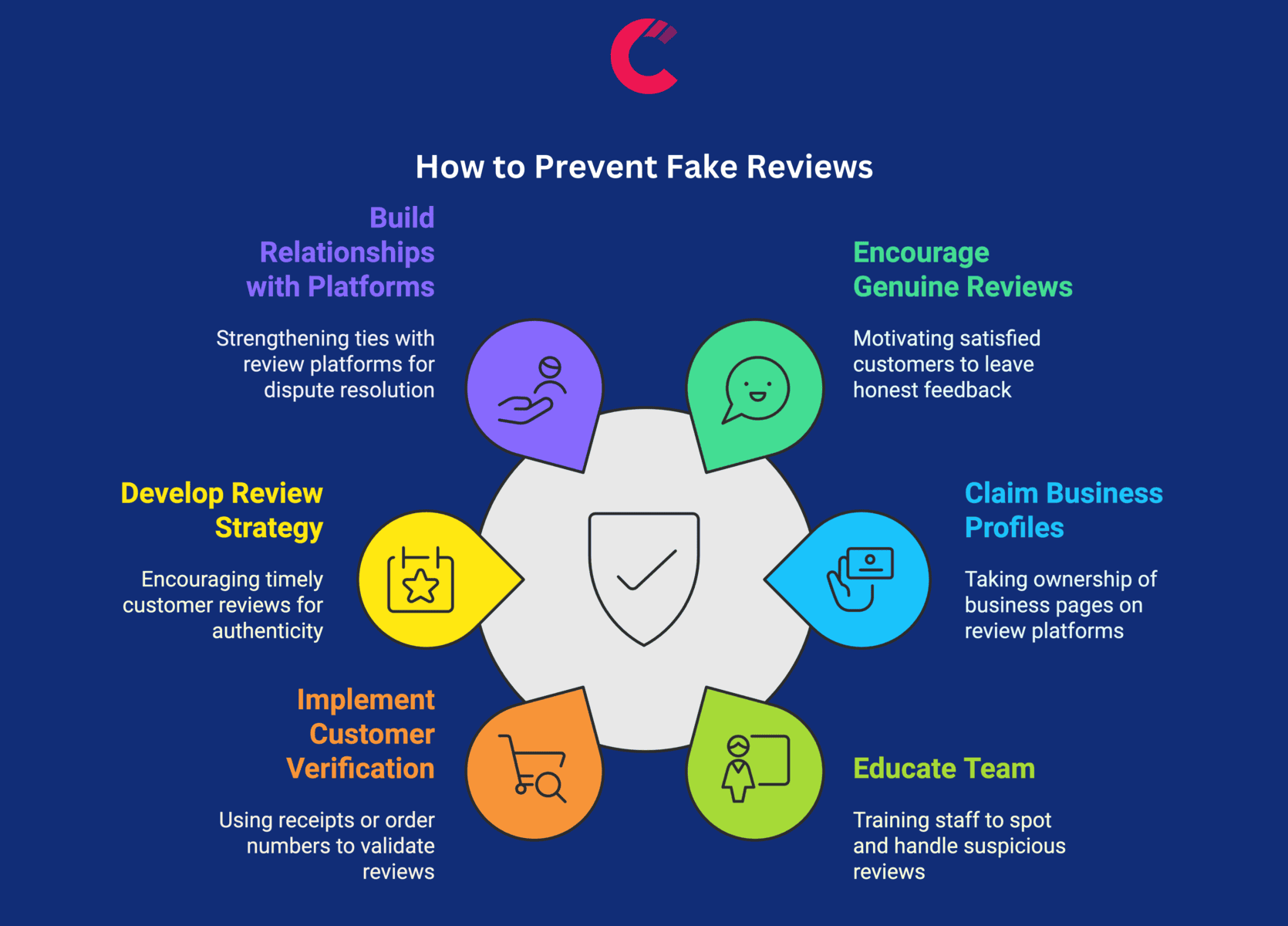
- Encourage Genuine Reviews: Motivate satisfied customers to leave honest feedback to outweigh any fake reviews.
- Claim Your Business Profiles: Take ownership of your pages on review platforms to gain better control over posted content.
- Educate Your Team: Train your staff to spot and handle suspicious reviews effectively.
- Implement Customer Verification: Use methods like receipts or order numbers to validate reviews.
- Develop a Review Strategy: Encourage customers to leave reviews shortly after their experience to ensure authenticity and balance the impact of any potential fake feedback.
- Build Relationships with Review Platforms: Strong relationships with platforms can help expedite resolutions for disputes.
- Host a Feedback Campaign: Promote campaigns that encourage customers to leave verified reviews in exchange for small rewards or recognition.
How to Handle Fake Reviews (Step by Step Guide)
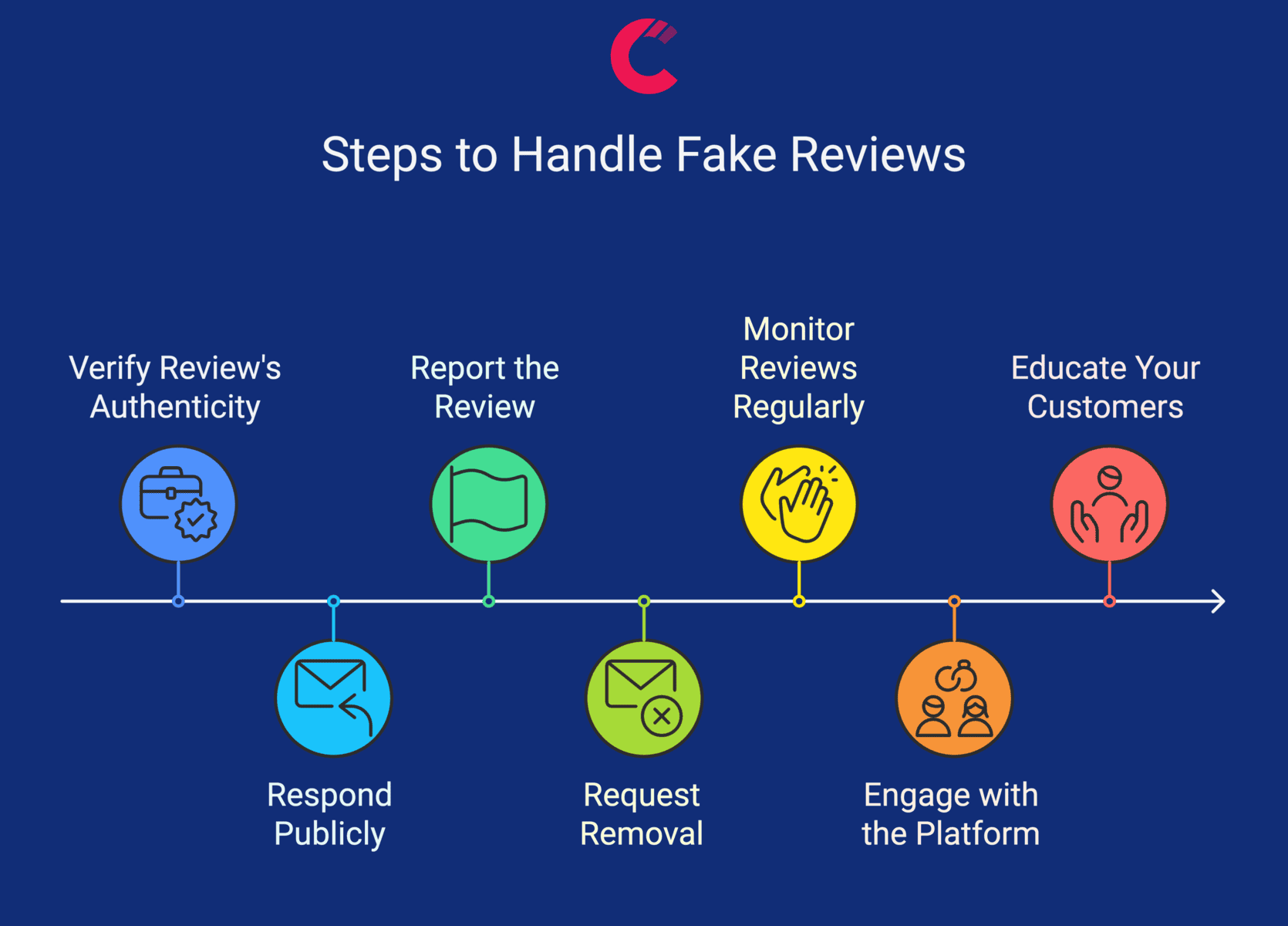
1. Verify the Review’s Authenticity
- Cross-check the reviewer’s name or order details with your records.
- Evaluate whether the feedback aligns with typical customer experiences.
- Check for any evidence of the customer’s interaction with your business.
2. Respond Publicly (If Necessary)
- Politely address the review without escalating the situation.
- Example: “We’re sorry to hear about your experience. Unfortunately, we can’t find any record of your visit. Please contact us to provide more details so we can assist.”
3. Report the Review
- Use the platform’s reporting tools to flag fake reviews. Most platforms, like Google, Yelp, and Trustpilot, allow businesses to dispute reviews that violate their guidelines.
- Be specific when explaining why you believe the review is fake.
4. Request Removal
- Submit evidence (e.g., transaction history) to support your claim that the review is fraudulent.
- Follow up with the platform if your request isn’t addressed promptly.
4. Monitor Reviews Regularly
- Stay proactive by using review monitoring tools to catch fake reviews early.
- Consistently track feedback to identify unusual patterns or spikes in negative reviews.
5. Engage with the Platform
- If your initial report does not lead to removal, follow up persistently.
- Maintain documentation of your communication for future reference.
- Build relationships with platform representatives if your business frequently faces fake reviews.
6. Educate Your Customers
- Share guidelines on how to leave reviews on platforms to encourage genuine feedback.
- Promote transparency by inviting verified customers to share their experiences directly after purchase or service delivery.
Legal Recourse for Fake Reviews
In cases where fake reviews cause significant harm, businesses may consider legal action. Here’s what you can do:
- Document Everything: Keep records of the fake reviews and any supporting evidence.
- Consult a Legal Expert: Seek advice on whether the situation qualifies for defamation or other legal claims.
- Send a Cease-and-Desist Letter: Notify the perpetrator to stop posting false reviews.
- Explore Local Laws: Many jurisdictions have laws against fake reviews, and platforms may be required to assist in resolving these issues.
- Publicly Address the Issue: Without naming the individual, explain to your audience the steps you are taking to address the fraudulent reviews. This maintains transparency and builds trust.
- Collaborate with Trade Associations: Some industries have associations that advocate for businesses targeted by unfair practices, including fake reviews.
Tools to Help Manage Reviews
- Competitors App: Monitors reviews across platforms and sends alerts for new feedback, making it easier to identify and respond to fake reviews.
- BirdEye: Uses AI-powered analytics to detect patterns and manage reviews effectively.
- Trustpilot Insights: Provides data to understand customer sentiments and manage fraudulent claims.
- Fakespot: Analyses reviews for authenticity and flags suspicious activity.
- Yext: Manages reviews and ensures consistent brand representation across multiple platforms.
Best Practices for Review Monitoring
- Schedule Routine Checks: Regularly audit your reviews across platforms to maintain a clear understanding of customer feedback.
- Track Metrics Over Time: Monitor changes in review patterns, such as sudden increases in negative feedback, to identify potential fraudulent activity.
- Engage With All Feedback: Respond not only to negative reviews but also to positive and neutral ones. This creates a holistic approach to building trust and credibility.
- Leverage Automation: Use automated tools to send alerts about new reviews, ensuring a swift response.
- Create a Dashboard: Develop a centralised dashboard to track review trends, sentiment analysis, and resolution rates for better insights.
Frequently Asked Questions
How do I handle a negative review that is inaccurate?
Politely correct the misinformation and provide accurate details. Example: “We’re sorry for any confusion. Our records show your order was delivered on [date]. Please contact us to resolve any outstanding issues.”
Should I offer compensation for every negative review?
Not always. Focus on resolving the issue first. Compensation should only be offered if it aligns with your business’s policies.
How can I prevent fake reviews?
Encourage verified reviews, monitor your profiles regularly, and implement customer verification processes.
What legal steps can I take against fake reviews?
Consult with a legal expert to explore options such as sending cease-and-desist letters or filing defamation claims.
Are there tools to detect fake reviews?
Yes, tools like Competitors App and Fakespot can help identify and manage fraudulent reviews.
How do fake reviews impact my SEO?
Fake reviews can harm your SEO by lowering your overall ratings and deterring potential customers from engaging with your business.
What should I do if review platforms ignore my complaints?
Continue to follow up persistently and document all communication. You may also consider escalating the issue through legal or public channels if necessary.
How can I encourage more genuine reviews?
Simplify the review process, offer incentives like discounts or loyalty points, and follow up with customers after their purchase or service experience.
